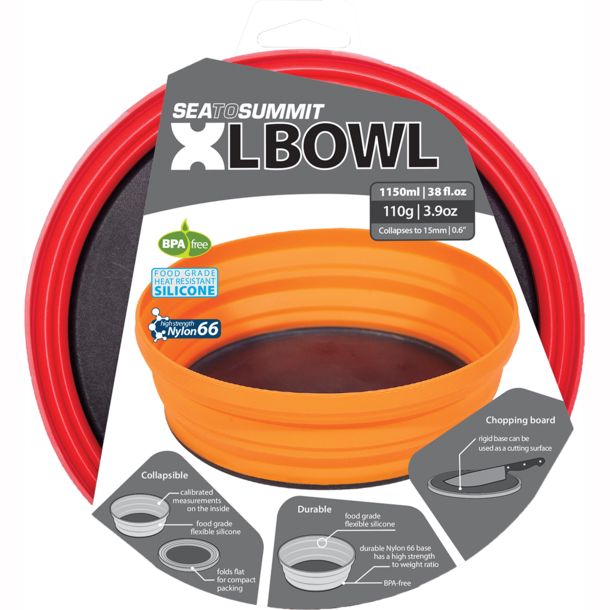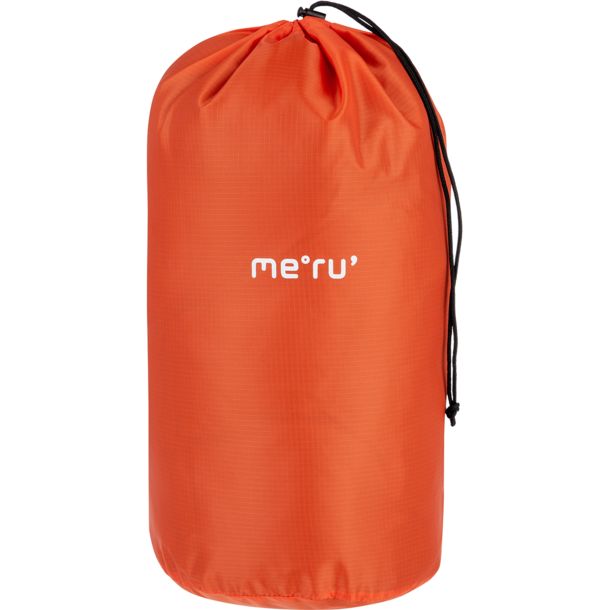We got different questions regarding what type of equipment we use, or short hikes or when backpaking for more than a day (at least one night wild camping). Here is our list with the basics we are using. There are no promotional links in here, this is just our own personal choice. We didn’t tested all the options out there and these are just the ones we thought are best for ourselves. Definetely, you have to do your own research depending on the areas you plan to travel, time of the year, mandatory equipment for some of the areas etc.
Backpack
There are several great brands for backpacks to choose from. We choose to go with Osprey as main ones and Deuter as a child carrier for Patrick, because they have a strong reputation towards durability and quality, we also liked the overall weight and feel of these backpacks. Size of the backpack for overnight stays can be anywhere between 40 to 60l, depending on what and how you are packing.



Dan’s backpack is Osprey Exos 58, child carrier is Deuter Kid Comfort Pro and Corina’s backpack is the women’s version Osprey Eja 48.
Tent
Tent should be as light as possible, while offering enough space for your comfort. We choose a 3 person tent, because we love to have more space and we also preffer to keep our backpacks inside of the tent during the night. So the extra weight of a 3 vs. 2 person tent made sense for us, considering that we can also split the tent weight between two backpacks. Our tent is the MSR Zoic 3, total tent weight: 2.600g (for MSR tents, the tent pad is sold separately, I was hoping it will be included, but wasn’t). Some other things to consider when choosing your tent: two doors for easy access, double walls (see below), easy to set-up (stand-alone), aluminium poles (for increased durability), waterproof sealing, proper ventilation, tent pad included.


Sleeping bag
Sleeping bags are one the most important gear you need. It is important to be comfortable during the night, since a bad night sleep can ruin your entire trip. There are a few things to consider when choosing a sleeping bag:
- down or synthetic? down bags are more expensive, but lighter than synthetic ones, also they offer more warmth for the same weight and they are more durable in time
- comfort temperature of a sleeping bag, depending on the areas you’ll go and also the time of the year you plan to use it
We use the Therm-a-Rest Questar -18C/0F down sleeping bag, which is very comfortable and has good features all year round, including cold weather camping, with excellent comfort and versatility. It’s a lightweight winter sleeping bag, it’s water-repellent, certified down, so all in all, a very good choice for us.



Sleeping pad
Sleeping pads also offer warmth and comfort during the night, so are as important as they can be for a good night sleep. We are using the Therm-a-Rest Trail Pro Sleeping Pad, which is a self-inflating sleeping pad with great comfort and very small weight and pack size. It can be used in temperatures down to -10C (14F) and the regular version weights 840g. There are a few good options that are even lighter, however this one has a 7.6 cm (3 inches) height compared to other models, which have only a 5 cm (2 inches) height. The comfort is much better considering the extra height, and also the cold isolation from the ground is better, so we considered that the little extra weight difference added by this model is a good deal for getting the additional comfort and protection. Also, Therm-a-Rest sleeping pads have a lifetime warranty, which is a great deal.


Cooking stove
MSR PocketRocket 2 is a great lightweight cooking stove, that is perfect for 1-2 persons. There are different pots to cook that you can choose from, and depending on the quantity of water you need to boil at once, you can buy the PocketRocket 2 with different pots and accesories. To some of them, the fuel is sold separately, so make sure you also get the fuel before your trip.


Clothing
Clothing is again, very important due to the fact that it needs to be lightweight and warm, offering great comfort. But usually quality clothing will last you many years, so it’s worth the investment. Here are the basic ones we use:
- base layer (one or two, depending on the temperature)
- insulated jacket (down jackets are the best, really warm and light-weight)
- waterproof layers (jacket and pants)
- hiking pants (short ones and long ones, depending on the weather conditions)
- hiking boots (comfortable – make sure you get them a bit larger than you are normally wearing, so you won’t have problems with your nails)
- Hats (sun hats and cold hats)
- Wool sleeping clothes
Important accessories
- Trekking poles: Leki Khumbu
- Navigation: offline phone apps (such as maps.me) and also printed topographic maps
- Headlamp: Black Diamond Spot 325 headlamps
- Tent lamp: Black Diamond Zip lantern, which is small, light and versatile with a flashlight function
- Pocket knife: Elderid Rope Tooth one-handed knife
- Eating pots, lightweight spoons and forks: we use Sea to Summit Light folding bowls and the Nordisk titanium sporks.
- Water purifiers (several options for water purification out there, but it’s important to make sure you have enough water and that is safe to drink it). We use the KATADYN BeFree water filter bottle (it’s a compact water filter for drinking water purification on the go)
- Sleeping pillow: Sea to Summit Aeros Premium Deluxe
- Sitting cushion Therm-A rest
- Battery charger : we use the Xiaomi MI powerbank – 20.000 mAh
- GoPro (our video equipment)
- Dry bags for the equipment (several sizes, it also helps with keeping everything more organized and easy to access)
- Trecking poles (depending on the hike trail)
- Sandals (for the evenings when walking around the tent more comfortable)
- Matches (waterproof)
- Suncream
- Sunglasses
- First aid kit
- Water bottle














